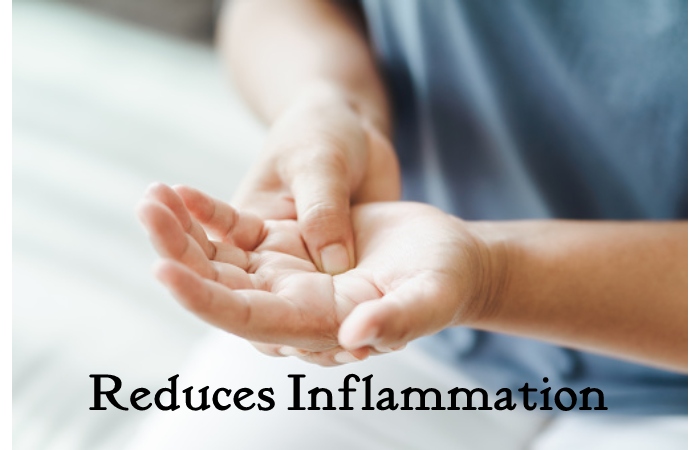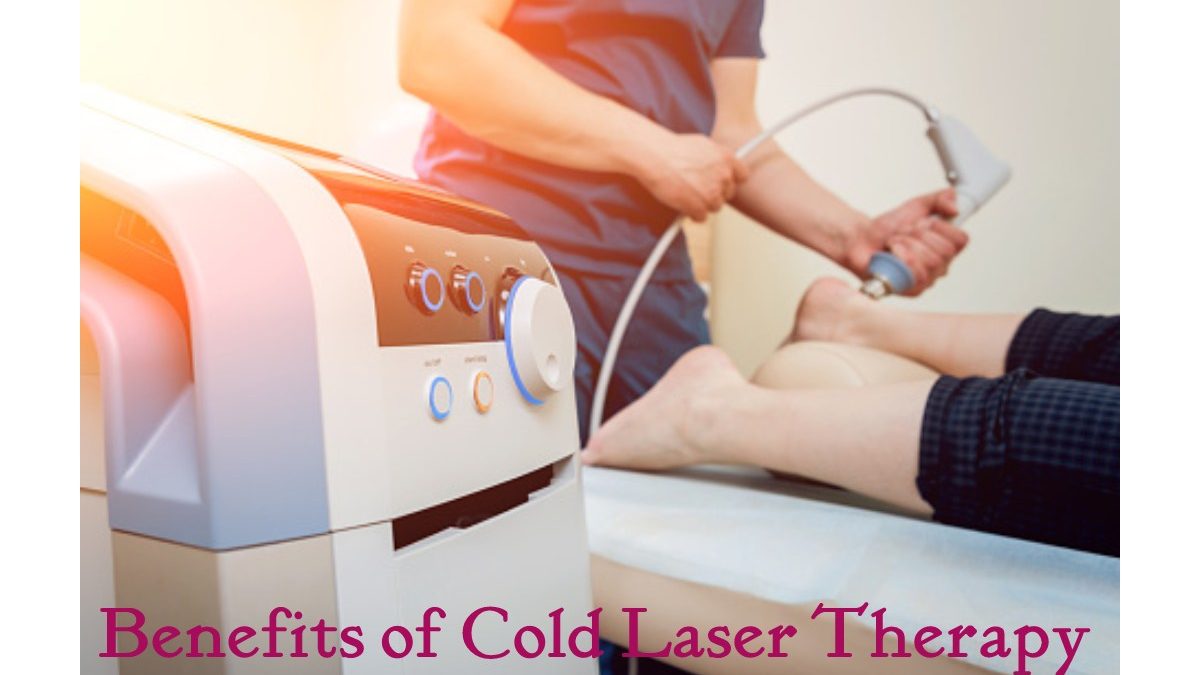Benefits of Cold Laser Therapy: Uncertainty you are injured or have a long-lasting illness, your chiropractor may mention cold laser therapy. During Cold Laser Therapy, your chiropractor uses low light levels to treat the common cold. A. Floor or below the floor of the body. Although the powerful laser can penetrate deep into the body, it has a low intensity and does not heat any tissue. As a result, this revolutionary chiropractic treatment offers many benefits.
Table of Contents
Speed Up the Healing Process
With cold laser therapy, your chiropractor directs the laser at the injured area of the body. It enters under the skin, and your tissue absorbs the wavelengths of energy. It creates a reaction that causes l. A. Regeneration of body cells. The regenerated cells promote l. A. Healing to help you get back to everyday life faster with cold laser therapy.
Reduced Pain is a Benefit of Cold Laser Therapy
When you’re injured, you’re probably in a lot of pain. Unfortunately, you may have trouble finding relief, so you’re not as active as you used to be. Fortunately, cold laser therapy can provide quick pain relief. a pain. The laser blocks the receptors of l. A. Pain in your brain that will make you feel a lot better quickly. Many people report significant pain relief after a benchmark treatment.
Because Cold laser treatment is so effective in reducing l. A. Pain that you don’t have to take opioids, prescription painkillers do an excellent job of masking l. A. Pain. However, they are addictive and cause other side effects, such as l. A. Fatigue. In addition, if you take prescription drugs, you cannot drive and may have to miss work. Cold laser therapy relieves pain without drugs or dangerous side effects.
Reduces Inflammation

The swelling of your body is a natural response to injury. Your body sends plasma and white blood cells to the area as part of the healing procedure, making it difficult for your tissues to regenerate. The infection also decreases your range of motion and increases pain. Cold laser therapy quickly reduces disease and makes it easier to carry out everyday activities.
Treats Lots of Issues
Although some therapies have specific applications, l. A. Cold Laser Therapy can treat various conditions, including sprains, strains, repetitive use injuries, and shoulder, back, and knee pain. It even use to treat chronic diseases like arthritis and oil. A. Fibromyalgia. Suppose you don’t know if the. A. Cold laser therapy will help; consult your chiropractor to see if you are a good candidate.
Non-Invasive Treatment
When you were injured, you were probably afraid of having surgery. Surgery can treat your problem, but you worry about side effects and recapture period. Cold laser treatment is non-invasive and comfortable, so you don’t have to worry. Pain also, unlike LA surgeries, there are no known side effects of cold laser therapy, and you don’t have to take them
What is Cold Laser Therapy?
Low-power laser therapy (LPLT) is often used with various treatments to provide pain relief without prescription medication or surgery. It applies outputs and wavelengths of low-level light directly to the affected area. The light is absorbed by the body tissue, causing a physiological reaction that promotes regeneration in damaged cells.
What does it Feel Like?
Since the light been deliver is so low, no heat produce. While some patients report feeling a slight tingling sensation, most feel nothing during their treatment session. The tingling you may feel is due to increased blood flow in the area.
How Long does Treatment Take?
Once our chiropractor has evaluated you, a treatment plan will prescribe. Treatment time lasts from five to twenty minutes per session. It is important to remember that, while you may feel immediate pain relief, this does not mean the injury/condition fully heal. To ensure long-term success, you must complete the entire course of therapy prescribed by your chiropractor.
Conclusion
Low-level laser therapy is a correct treatment method that promotes lung tissue regeneration and moderates the disease’s consequences. The obtained results confirm that LLLT can use for the effective prevention and treatment of COVID-
Also Read: 7 Easy Ways of Exercises to Keep Fit

